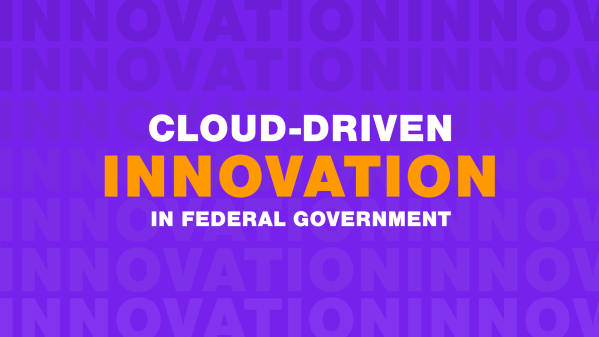 ATF Chief Information Officer Rick Holgate (Photo: David Stegon/FedScoop)
ATF Chief Information Officer Rick Holgate (Photo: David Stegon/FedScoop)When it comes to procuring information technology services, the Bureau of Alcohol, Tobacco, Firearms and Explosives has taken an innovative approach into getting the best technology for the best price: they created their own shared services vehicle.
In an interview with FedScoop, ATF Chief Information Officer Rick Holgate said the agency has awarded a contract vehicle where it worked with other federal agencies with similar needs – both inside and outside of the Department of Justice – to pool numbers to get the lowest price.
Holgate said the contract, awarded under GSA’s Alliant program in late December, has a maximum of 35,000 users. ATF provided the first 7,000 users and partners such as the U.S. Marshals Service, the Drug Enforcement Agency and the Federal Trade Commission have joined in to create a larger buy and better prices for all.
“It’s been an ambitious undertaking, but we saw it as the best way to get the IT services we need and also bring our costs down,” Holgate said. “It represents a big opportunity for us to put in place our strategic pillars and help both ourselves and some of our DOJ and federal partners.”
That fits into the biggest trends Holgate said he is seeing right now in the federal government: the increased use of shared services.
Holgate, though, pointed out agencies are not gravitating toward shared services out of federal mandate, but instead coming to the realization that it’s the most effective way right now to procure services, especially within IT.
“At first there was a natural resistance, but CIOs are seeing that for commodity IT, it really doesn’t matter who the service provider is as long as the technology fulfills the need of the agency or department.
He said DOJ is having more shared services discussions across components as the agency CIOs are showing more willingness to pursue these initiatives. For instance, he said ATF, DEA and the Federal Bureau of Investigation are working on a common geographic information system platform. The same goes for a common DOJ property management and human resources platforms.
“Instead of spending money on these necessary evils, I’d rather devote resources to the core mission or projects that are truly differentiating,” Holgate said.
Along with that, Holgate is getting ready to implement a new email system at ATF. The agency will begin migrating to Microsoft Office 365 in early spring, giving the agency improved email and collaboration capability at a lower price.
Looking even further ahead, Holgate said ATF wants to do a technology refresh on its 15 year-old case management system. He said the system is solid and meets the agency’s case management needs, but needs the ability to connect with modern technology and outside data sets.
“The current business processes are good, it’s the automation that needs an update,” said Holgate, who mentioned he wants to begin rolling out functionality on the updated system in the next 12 to 18 months.
As for mobility, Holgate said ATF is migrating the agency to the iOS platform. He originally started with special agents, but says there is a business case to bring on the rest of the user population. It helps there are already some common tools and infrastructure in place.
The key, he said going forward, is to share that infrastructure within the rest of DOJ, as many of the component CIOs within the organization have independently picked the same platform, creating an opportunity to get better prices and create a departmental platform.
Last month, the DOJ CIOs got together for a mobile roundtable where they discussed issues like shared services and common goals with mobility. U.S. CIO Steven VanRoekel came in to provide an inspirational talk in what is hoped to be the first of many meetings.
“The summit gave us a great opportunity to talk about what we are doing and some things we’re going to want to have going forward,” Holgate said. “We didn’t come to any conclusions since it was our first meeting, but it was the beginning of a longer-term collaboration around mobility.”






